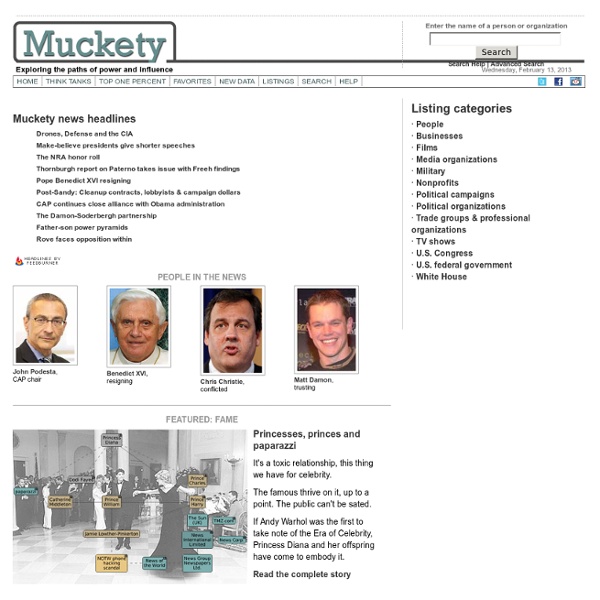



SIFT (The Four Moves) How can students get better at sorting truth from fiction from everything in between? At applying their attention to the things that matter? At amplifying better treatments of issues, and avoiding clickbait? Since 2017, we’ve been teaching students with something called the Four Moves. Our solution is to give students and others a short list of things to do when looking at a source, and hook each of those things to one or two highly effective web techniques. We call the “things to do” moves and there are four of them: Stop The first move is the simplest. First, when you first hit a page or post and start to read it — STOP. Second, after you begin to use the other moves it can be easy to go down a rabbit hole, going off on tangents only distantly related to your original task. Please keep in mind that both sorts of investigations are equally useful. Investigate the source We’ll go into this move more on the next page. Find better coverage It’s about REcontextualizing Like this: Like Loading...
Monitora i tuoi rappresentanti - OpenParlamento The Local - Italy's News in English il Politicometro | Di Redazione - 20/02/2013 17:42 Silvio Berlusconi (Pdl): «Nel mio partito nessuno ha mai rubato soldi pubblici». BALLA. Premesso che è difficile accertare un furto di denaro pubblico diretto, poiché spesso quando avviene si avvale di vie traverse, abbiamo cercato ugualmente qualche nome tra Pdl ed ex Forza Italia che abbia subito delle condanne per concussione, finanziamento illecito e peculato. Di Redazione - 20/02/2013 11:58 Pier Luigi Bersani (Pd): «Siamo gli unici che non hanno il nome nel simbolo». BALLA. Di Claudio Cabona - 19/02/2013 11:42 Mario Monti (Con Monti per l'Italia): «I 3,4 miliardi di gettito Imu sono molto simili a quelli dell'Ici del 2006, che erano intorno ai 3,3 miliardi». ABBASTANZA VERO. Di Simona Buscaglia - 19/02/2013 11:40 Pier Luigi Bersani (Pd): «Propongo a Berlusconi tre grandi restituzioni: la prima è quella dell'anno 2002-2003, del condono tombale. VERO. Di Marco Palasciano - 18/02/2013 16:59 VERO. Di Redazione - 18/02/2013 12:05 Di Redazione - 18/02/2013 11:25
'Fiction is outperforming reality': how YouTube's algorithm distorts truth It was one of January’s most viral videos. Logan Paul, a YouTube celebrity, stumbles across a dead man hanging from a tree. The 22-year-old, who is in a Japanese forest famous as a suicide spot, is visibly shocked, then amused. Paul, who has 16 million mostly teen subscribers to his YouTube channel, removed the video from YouTube 24 hours later amid a furious backlash. The next day, I watched a copy of the video on YouTube. The answer was a slew of videos of men mocking distraught teenage fans of Logan Paul, followed by CCTV footage of children stealing things and, a few clicks later, a video of children having their teeth pulled out with bizarre, homemade contraptions. I had cleared my history, deleted my cookies, and opened a private browser to be sure YouTube was not personalising recommendations. “I’m going to post it on YouTube,” said a teenage girl, who sounded like she might be an older sibling. Lately, it has also become one of the most controversial. It was a curious response.
Le dieci (scomode) domande a Beppe Grillo dal movimento 6 stelle Perché non esiste con voi nessun tipo di dialogo e contradditorio, nemmeno in rete?”. Inizia così il decalogo che Cento in Movimento rivolge a Beppe Grillo e Gianroberto Casaleggio, fondatore assieme al blogger genovese del progetto politico Cinque Stelle. Il gruppo di ex grillini era stato defenestrato dal proprio leader a marzo. Ora i reprobi a sei stelle si vogliono togliere qualche sassolino dalla scarpa. 1. 2. 3. 4. 5. 6. 7. 8. 9. 10. fonte:
Uberlink | Insight From Online Networks Corse Clandestine. Ippodromo Meneghino Abbiamo atteso a lungo, ma alla fine ne è valsa la pena. Dopo aver inseguito invano due biglietti per i posti di prima fila all’Ippodromo Meneghino, arrangiandoci a sbirciare il circuito da televisori di fortuna, proprio in extremis siamo riusciti trovare un bagarino onesto che, senza pretendere troppo, ci ha fatto accomodare in tribuna d’onore. Così, grazie al provvidenziale aiuto di un celebre direttore di corsa, siamo riusciti ad assistere all’ultima gara della stagione comodamente seduti in poltrona, circondati da monitor ad altissima definizione. Le performance dei cavalli alla vigilia del Grand Prix d’Europa, che riportiamo qui sotto integralmente, sono state analizzate in ogni dettaglio dagli allibratori. Si tratta, nel loro complesso, di dati leggermente diversi da quelli che avevamo intravisto nei giorni scorsi allo stesso ippodromo. Riescono a superare l’ostacolo di sbarramento due ex (?) Per questa stagione è tutto, a meno di clamorose novità dell’ultim’ora.
INFO ou INTOX °23 : Comment détecter les manipulations graphiques sur une photo Sur Internet, une image vous interroge, vous avez des doutes sur sa véracité : c'est un bon début. Mais prouver que cette image a été manipulée, c'est encore mieux. Dans cet épisode de Info ou Intox, nous présentons un outil en ligne gratuit qui permet de repérer les retouches dans une image. On les appelle les outils "Forensics" (forensiques en français). Ils permettent de mener l'enquête et d'analyser graphiquement si une photo a subi une modification avec un logiciel de retouche photo. Dans cette vidéo, ,notre journaliste Alexandre Capron montre comment utiliser un de ces outils que vous pourrez retrouver : en installant le plugin InViden vous rendant à cette adresse : Reveal Mklab ou Fotoforensics "Pour maîtriser cet outil, il faut s'entrainer !" Pour bien utiliser cet outil, il est nécessaire de voir plusieurs exemples. Pour revoir tous les épisodes de Info ou Intox, cliquez sur l'image ci-dessous :